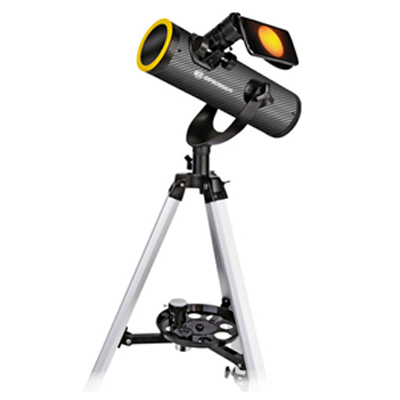Microsoft World Wide Telescope Talk
Posted on: April 25, 2009 /
Last night I attended a talk at the Institute of Astronomy by a Microsoft employee named Jonathan Fay about the World Wide Telescope program.
It was great talk, and good to see a live demo on a piece of software from Microsoft which is free to download and use on Mac/PC and soon Linux or you can use the web client version.
The World Wide Telescope is an initiative from Microsoft that allows anyone to browse the Universe from the comfort of their own laptop. Combining up-to-date images from space- and ground-based telescopes with features such as expert guided tours, it is a project that can both inspire and educate anyone from the complete novice to the informed amateur.
The program is very similar to Starry Night Pro or Stellarium, but it includes lots of different images including Hubble Telescope images and X-ray images. The amount of features in the program is amazing.
There are some major features of the World Wide Telescope, such as being able to view images in 3D by wearing standard 3D glasses. We were treated to views of Jupiter and it’s moons in 3D as well as viewing valleys on Mars in 3D.
You can also control your computerised telescope via the program, via the ASCOM platform (not available in the web client version). The program can also show you what your imager (e.g. Celestron or Meade) will also see in the sky.
There are also some amazing panorama images such as the Apollo landings, and the program allows you to zoom-in on say the astronauts footprints.
The interface is really easy to use, you can also zoom in and view the Earth. You can also view the sky from different angles and actually leave our galaxy and look back at it.
The only downside to the program, is that you need a fairly new PC to install the client application, it says you need at least a 2Ghz Dual Core CPU. I don’t think a lot of people keep this kind of powerful PC in their observatories, but most people should have this power in their home PC.
If you don’t have this type of PC, then you can use the web client version which runs through a browser, you will have to install Silverlight first though. The disadvantage of using the program through a browser is that the program runs a little slower and that some features get omitted from this version, such as viewing in 3D and the Telescope control via ASCOM.
But do give it a go, it may become your main astronomy program.
https://www.worldwidetelescope.org/
 Bresser Solarix 76/350 Telescope + Solar Filter
Bresser Solarix 76/350 Telescope + Solar Filter